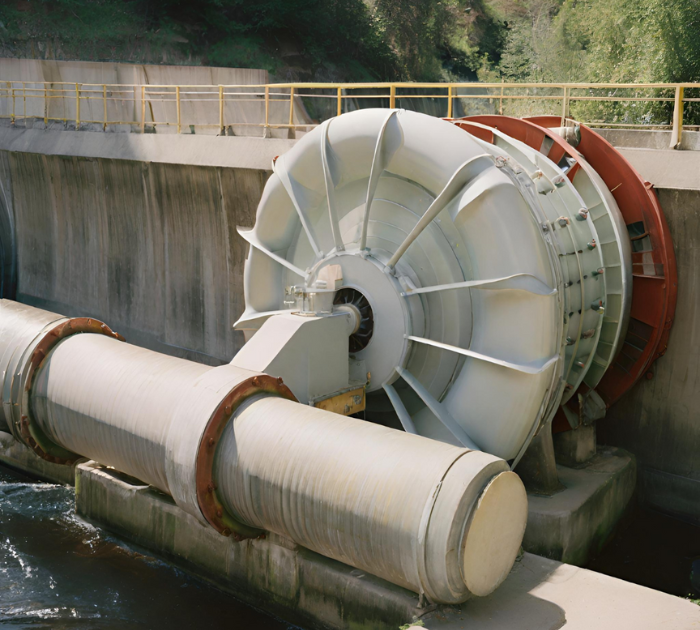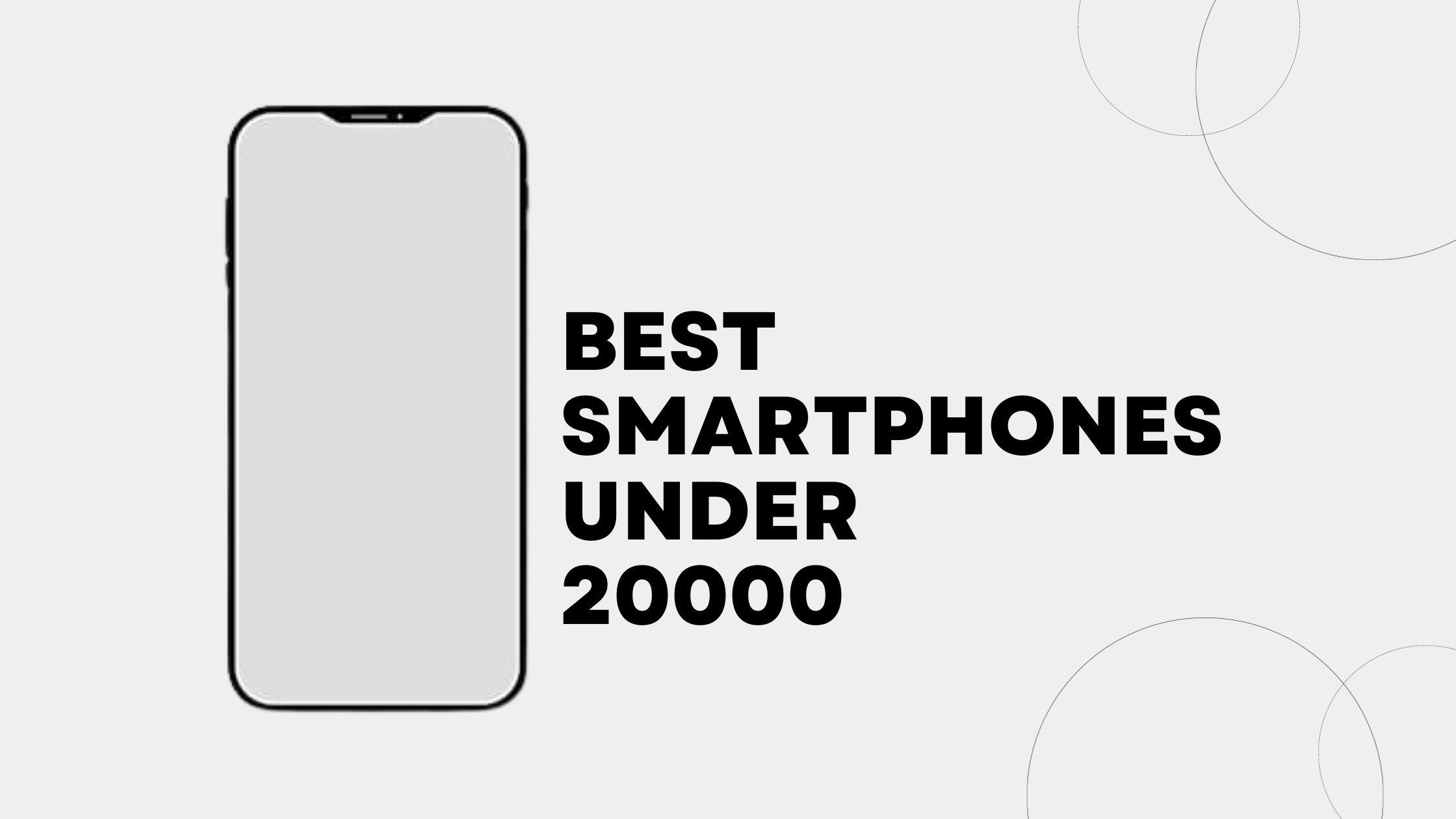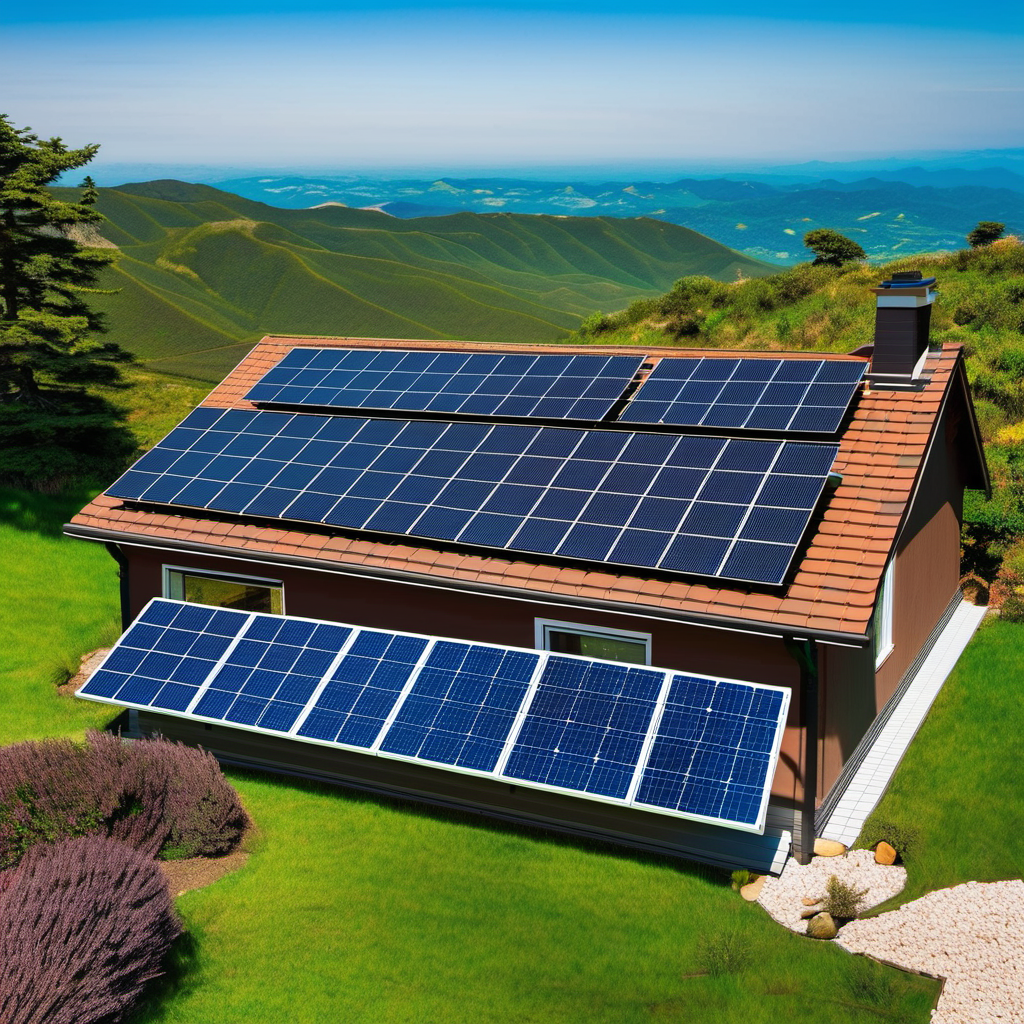
In our exploration of solar panels, it’s essential to understand that not all solar panels are created equal. While they all share the same goal of converting sunlight into electricity, different types of solar panels utilize distinct technologies and materials to achieve this. Let’s delve into the diverse world of solar panels.
1. Monocrystalline Solar Panels
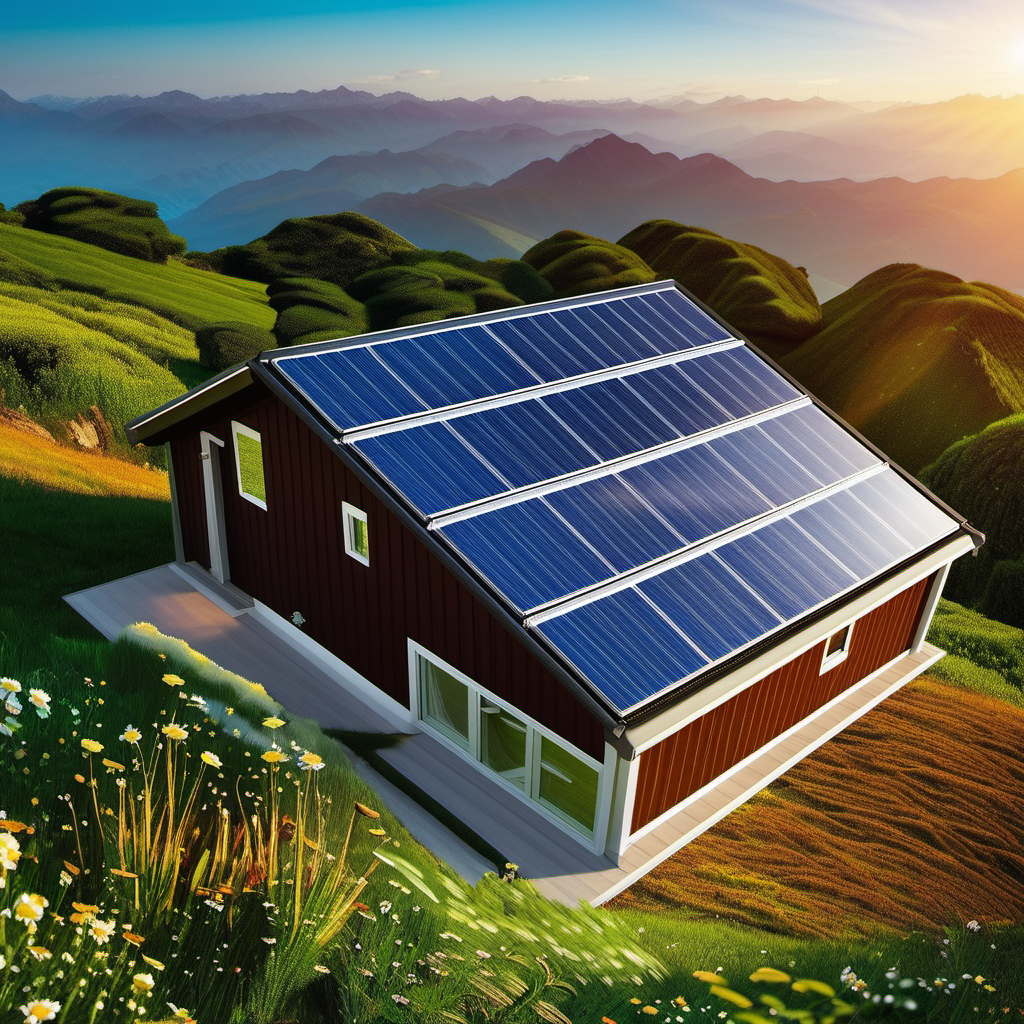
Monocrystalline solar panels are renowned for their efficiency and sleek appearance. They are made from single-crystal silicon, which makes them highly efficient in converting sunlight into electricity. These panels have a distinctive black color and are often considered the premium choice for residential and commercial installations. While they are efficient, they can be more expensive compared to other options.
2. Polycrystalline Solar Panels

Polycrystalline solar panels are another popular choice. They are made from multiple silicon fragments, which are melted together to form solar cells. While they are slightly less efficient than monocrystalline panels, they are more cost-effective. Polycrystalline panels are recognized by their blue appearance and are suitable for various applications, especially where cost savings are crucial.
3. Thin-Film Solar Panels
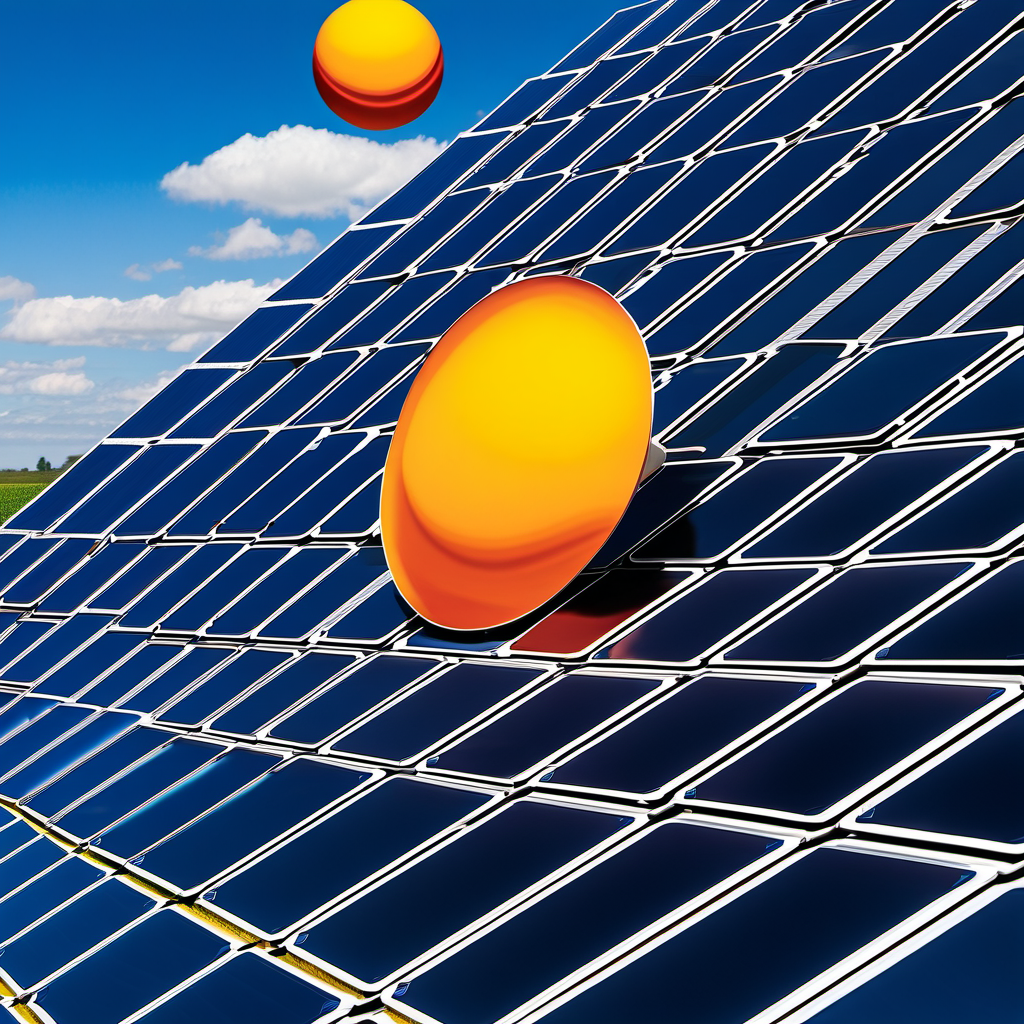
Thin-film solar panels are a departure from traditional crystalline panels. They are made by depositing thin layers of semiconductor materials like amorphous silicon, cadmium telluride, or copper indium gallium selenide onto a substrate. Thin-film panels are lightweight, flexible, and less expensive to manufacture. They are often used in niche applications, such as solar shingles, and can be integrated into building materials.
4. Bifacial Solar Panels
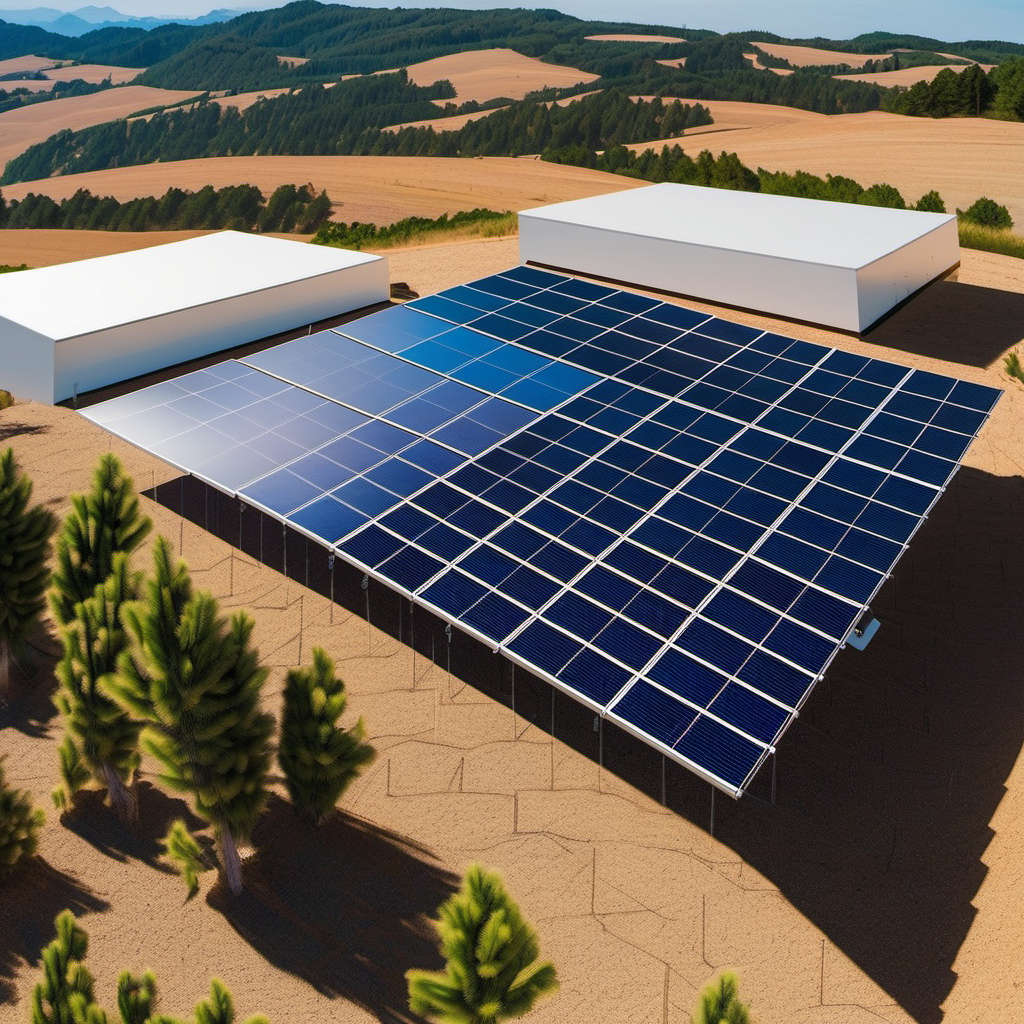
Bifacial solar panels are designed to capture sunlight from both sides. They have a transparent back sheet, allowing them to collect reflected sunlight from the ground. This dual-sided absorption can increase their overall efficiency. Bifacial panels are versatile and can be mounted on the ground or as part of solar tracking systems to maximize their energy production.
5. Concentrated Photovoltaic (CPV) Panels

CPV panels use lenses or mirrors to concentrate sunlight onto high-efficiency solar cells. These systems are most effective in regions with intense sunlight. While CPV panels can achieve extremely high efficiencies, they require precise tracking systems to keep them aligned with the sun throughout the day.
6. Solar Thermal Panels

Solar thermal panels, also known as solar hot water collectors, differ from photovoltaic panels. Instead of converting sunlight into electricity, they capture heat energy from the sun to heat water or other fluids. These panels are commonly used for residential and commercial hot water systems and can be an energy-efficient way to reduce heating costs.
7. Organic Solar Panels

Organic solar panels are a cutting-edge technology that uses organic (carbon-based) materials to generate electricity. They are known for their flexibility and potential for low-cost production. While they are not as efficient as traditional solar panels, ongoing research and development are continually improving their performance.
Each type of solar panel has its advantages and limitations, making them suitable for various applications and budgets. Choosing the right one depends on factors such as your location, energy needs, budget, and aesthetic preferences. As solar technology continues to advance, we can expect even more innovations in the world of solar panels, bringing us closer to a sustainable and energy-efficient future.
Key Factors to Consider When Choosing a Solar Panel
In our exploration of solar panels, it’s essential to understand that not all solar panels are created equal. While they all share the same goal of converting sunlight into electricity, different types of solar panels utilize distinct technologies and materials to achieve this. Let’s delve into the diverse world of solar panels and also discuss the crucial factors to consider when choosing the right type and size for your specific needs.
1. Location and Climate
The first factor to consider is your geographical location and local climate. The amount of sunlight your area receives throughout the year will significantly impact the performance of your solar panels. Sunnier regions may benefit from higher-efficiency panels, while areas with less sunlight might prioritize cost-effective options.
2. Energy Needs
Your energy consumption plays a pivotal role in determining the size and type of solar panels you require. A thorough energy audit can help you understand how much electricity your household or business consumes on average. This information will guide you in selecting the appropriate panel size and quantity to meet your energy needs.
3. Roof Space and Orientation
The available roof space and its orientation are crucial factors. Different types of panels have varying space requirements. For instance, monocrystalline and polycrystalline panels are more space-efficient, while thin-film panels may require more area. Additionally, the orientation of your roof (south-facing is ideal in the northern hemisphere) and shading from nearby structures or trees can affect panel performance.
4. Budget and Cost
Your budget is a key consideration. High-efficiency panels like monocrystalline may come with a higher upfront cost, while polycrystalline and thin-film panels are often more budget-friendly. It’s essential to strike a balance between your budget and the desired efficiency of the panels.
5. Aesthetic Preferences
The appearance of your solar panels may also be a factor. Monocrystalline panels are known for their sleek black appearance and are often preferred for residential installations where aesthetics matter. Thin-film panels, on the other hand, can be more discreet and integrated into building materials.
6. Environmental Impact
Consider your environmental values. Solar panels are already an environmentally friendly choice, but if you want to further reduce your carbon footprint, you might opt for panels with a lower manufacturing environmental impact or those made from recycled materials.
7. Incentives and Rebates
Check for local incentives and rebates that may influence your decision. Many regions offer incentives to encourage solar panel installations, which can offset the initial costs and make high-efficiency panels more affordable.
8. Future Expansion
Think about your future energy needs. If you anticipate increased electricity consumption in the future, consider a solar panel system that allows for easy expansion by adding more panels.
9. Warranty and Maintenance
Review the warranty and maintenance requirements of the solar panels you’re considering. High-quality panels typically come with longer warranties and lower maintenance needs.
Choosing the right solar panel type and size is a significant decision that requires careful consideration of these factors. It’s advisable to consult with a reputable solar installer or energy professional who can assess your specific situation and provide expert guidance to ensure you make an informed choice that aligns with your energy goals and budget. With the right panels in place, you’ll be well on your way to harnessing the power of the sun and enjoying the benefits of clean, renewable energy.












